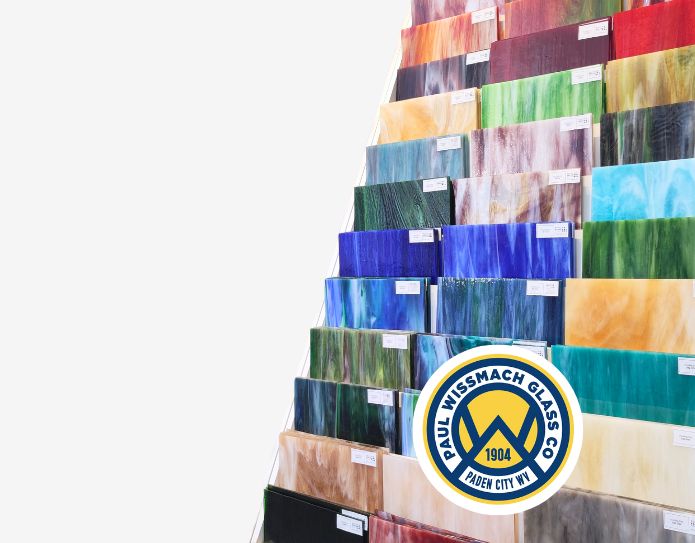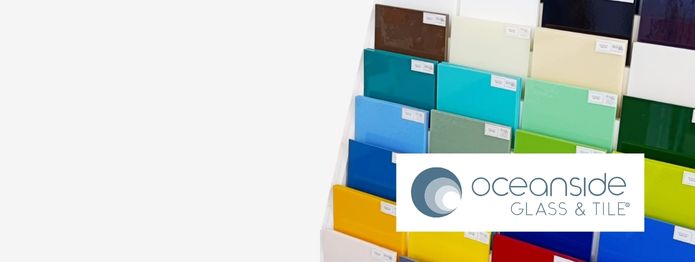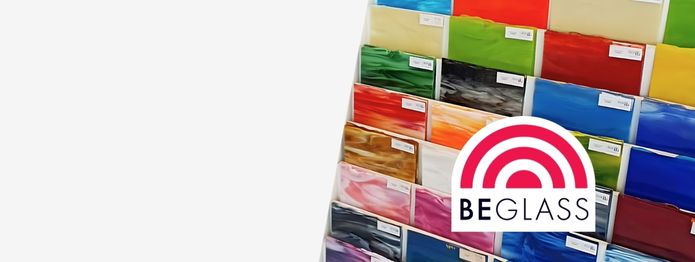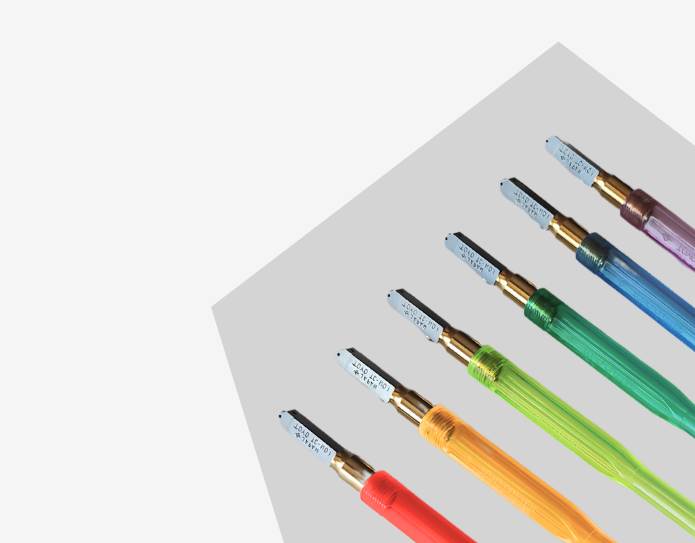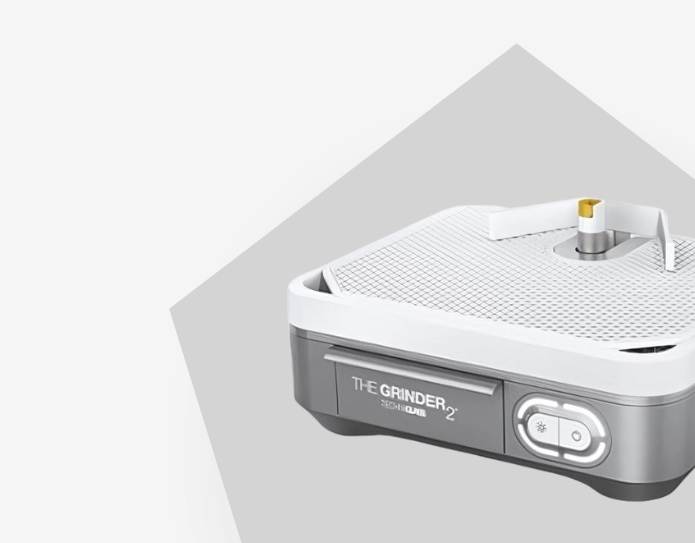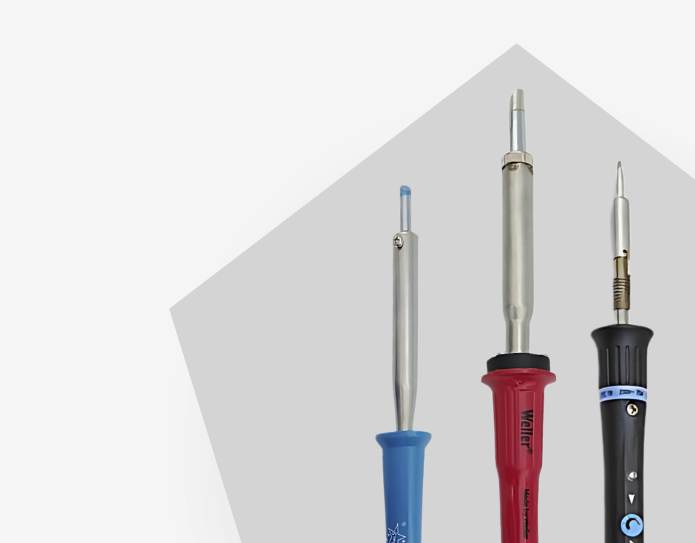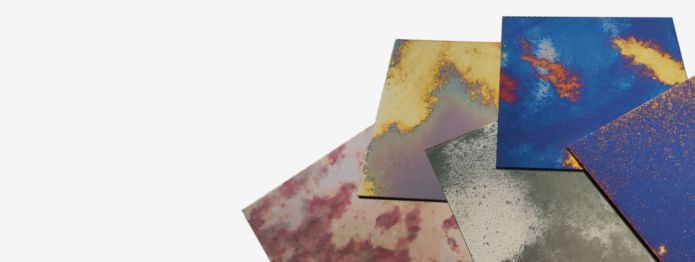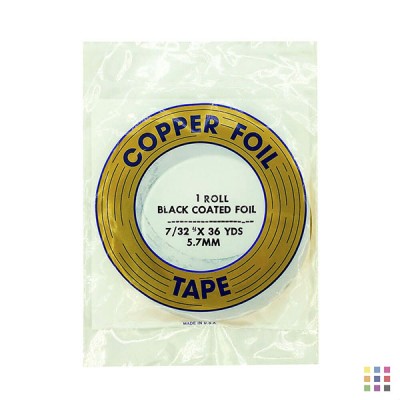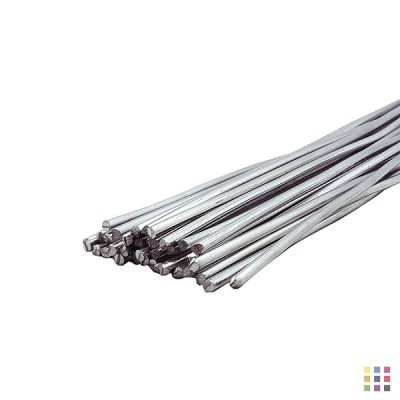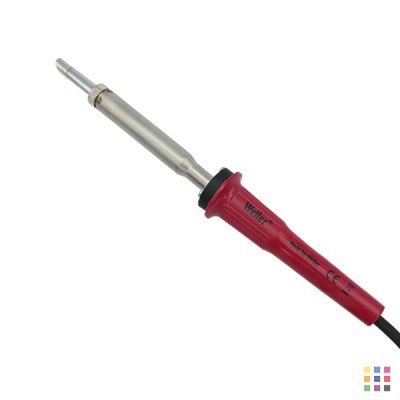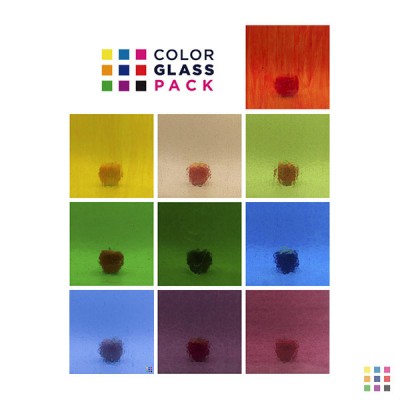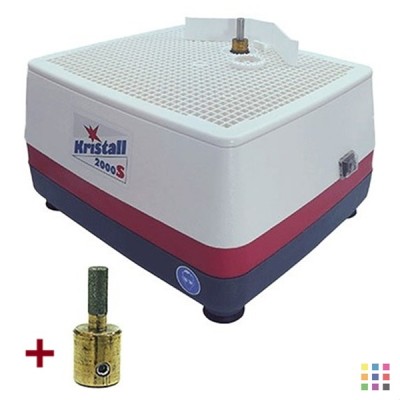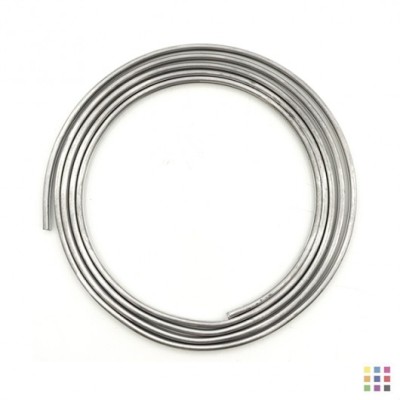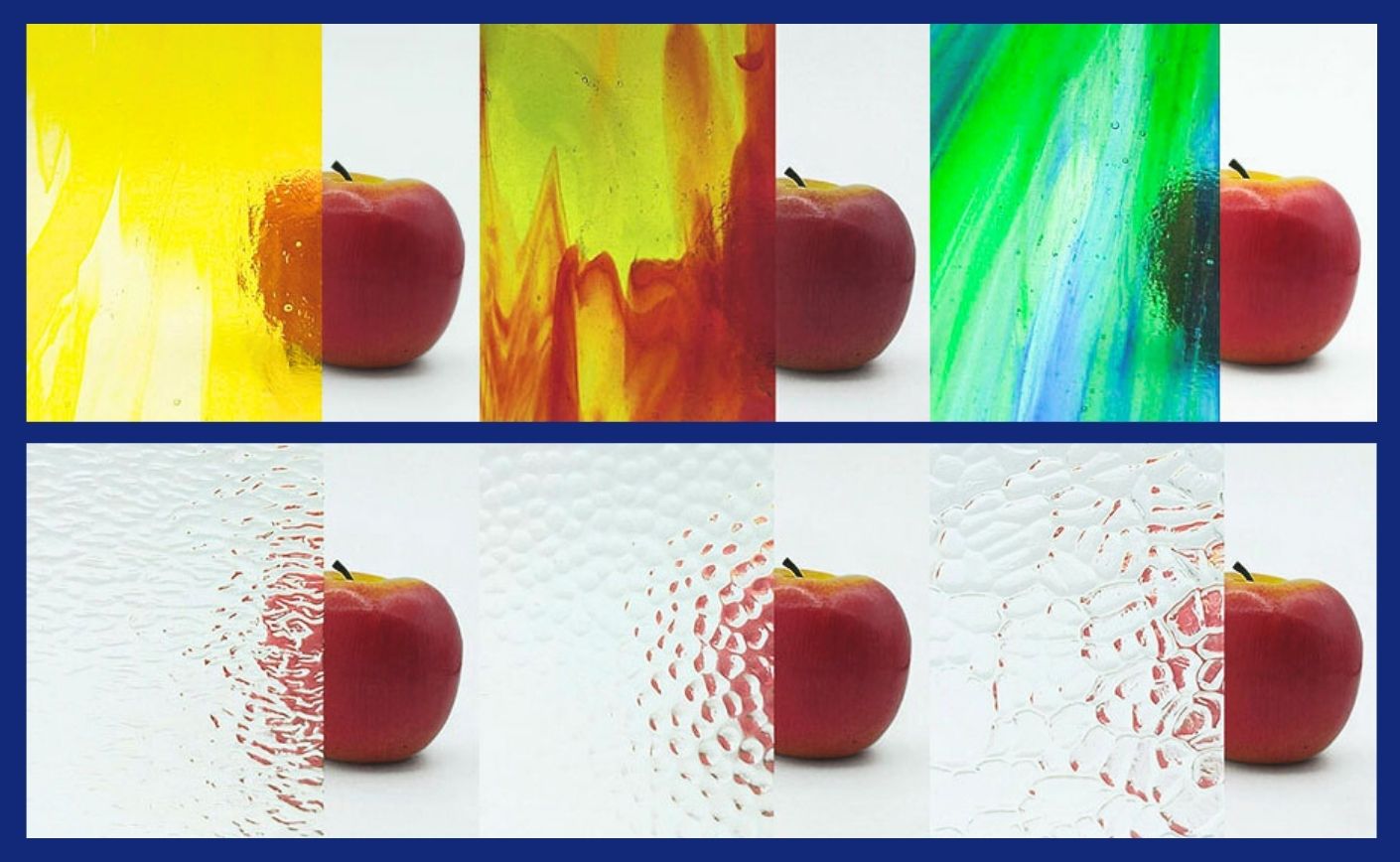-
Glass in full sheets
add remove Wissmach Glass add removeBullseye Glass (COE90) add removeOceanside Glass (COE96) add removeWissmach96 Glass (COE96) add removeLamberts Handmade Glass add remove
-
Glass in small sheets
add remove Wissmach Glass add remove
-

- Textured clear 27x27cm
- Double Rolled 27x27cm
- Corella Classic 27x27cm
- English Muffle 27x27cm
- Figure C 27x27cm
- Florentine 27x27cm
- Granite 27x27cm
- Hammered 27x27cm
- Moss 27x27cm
- Mystic 27x27cm
- Ripple 27x27cm
- Streaky 27x27cm
- Wisspy Opalescent 27x27cm
- Opalescent 27x27 cm
- Iridescent 27x27cm
- Wissmach glass packs
Bullseye Glass (COE90) add removeOceanside Glass (COE96) add removeWissmach96 Glass (COE96) add removeCathedral Glass add removeIndustrial Glass add remove -
-
Glass in other formats
add remove Bullseye accessory glass add remove
-
Machines and tools
add remove
-
Metals
add remove
-
Chemical products
add remove
-
Lamp accesories
add remove
-
Kilns and fusing accesories
add remove
Close arrow_back
-
Glass in full sheets
add remove Wissmach Glass add removeBullseye Glass (COE90) add removeOceanside Glass (COE96) add removeWissmach96 Glass (COE96) add removeLamberts Handmade Glass add remove
-
Glass in small sheets
add remove Wissmach Glass add remove
-

- Textured clear 27x27cm
- Double Rolled 27x27cm
- Corella Classic 27x27cm
- English Muffle 27x27cm
- Figure C 27x27cm
- Florentine 27x27cm
- Granite 27x27cm
- Hammered 27x27cm
- Moss 27x27cm
- Mystic 27x27cm
- Ripple 27x27cm
- Streaky 27x27cm
- Wisspy Opalescent 27x27cm
- Opalescent 27x27 cm
- Iridescent 27x27cm
- Wissmach glass packs
Bullseye Glass (COE90) add removeOceanside Glass (COE96) add removeWissmach96 Glass (COE96) add removeCathedral Glass add removeIndustrial Glass add remove -
-
Glass in other formats
add remove Bullseye accessory glass add remove
-
Machines and tools
add remove
-
Metals
add remove
-
Chemical products
add remove
-
Lamp accesories
add remove
-
Kilns and fusing accesories
add remove
COLOR GLASS SHOP is closed until 1 january
HAPPY HOLIDAYS!
Orders will be shipped from 2 january
Inspire your creativity
Art glass
Top-quality supplies for artists and crafters
Closed until 1 january
HAPPY HOLIDAYS!
Orders will be shipped from 2 january
Inspire your creativity
Art glass
Top-quality supplies for artists and crafters
Featured products
Availability:
Out of stock
Availability:
Out of stock
Stock
We offer a wide range of products.
Shipping
We work with several trusted carriers.
Secure payment
We value your security.
Customer service
Talk to us, we help you to choose.

